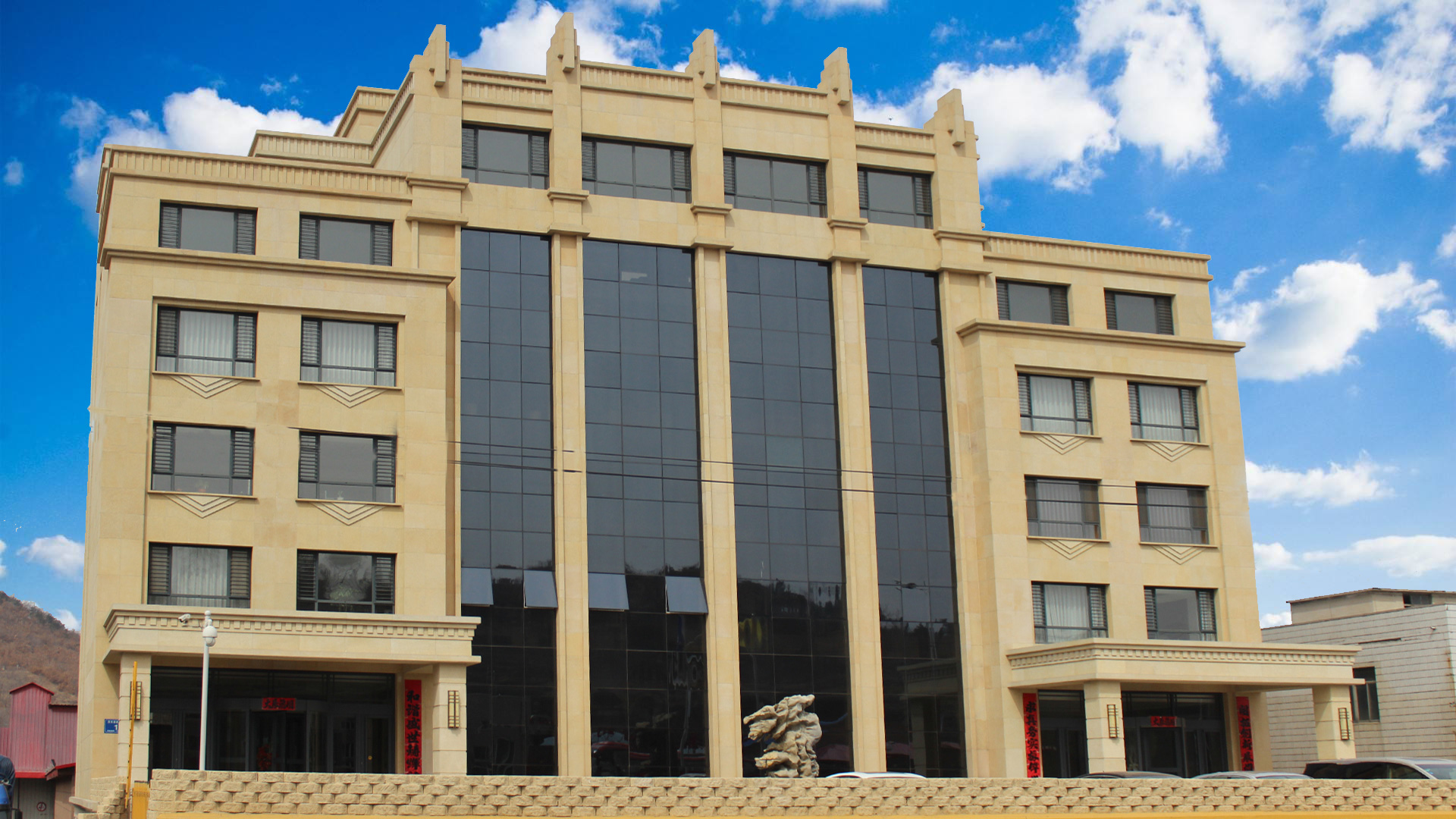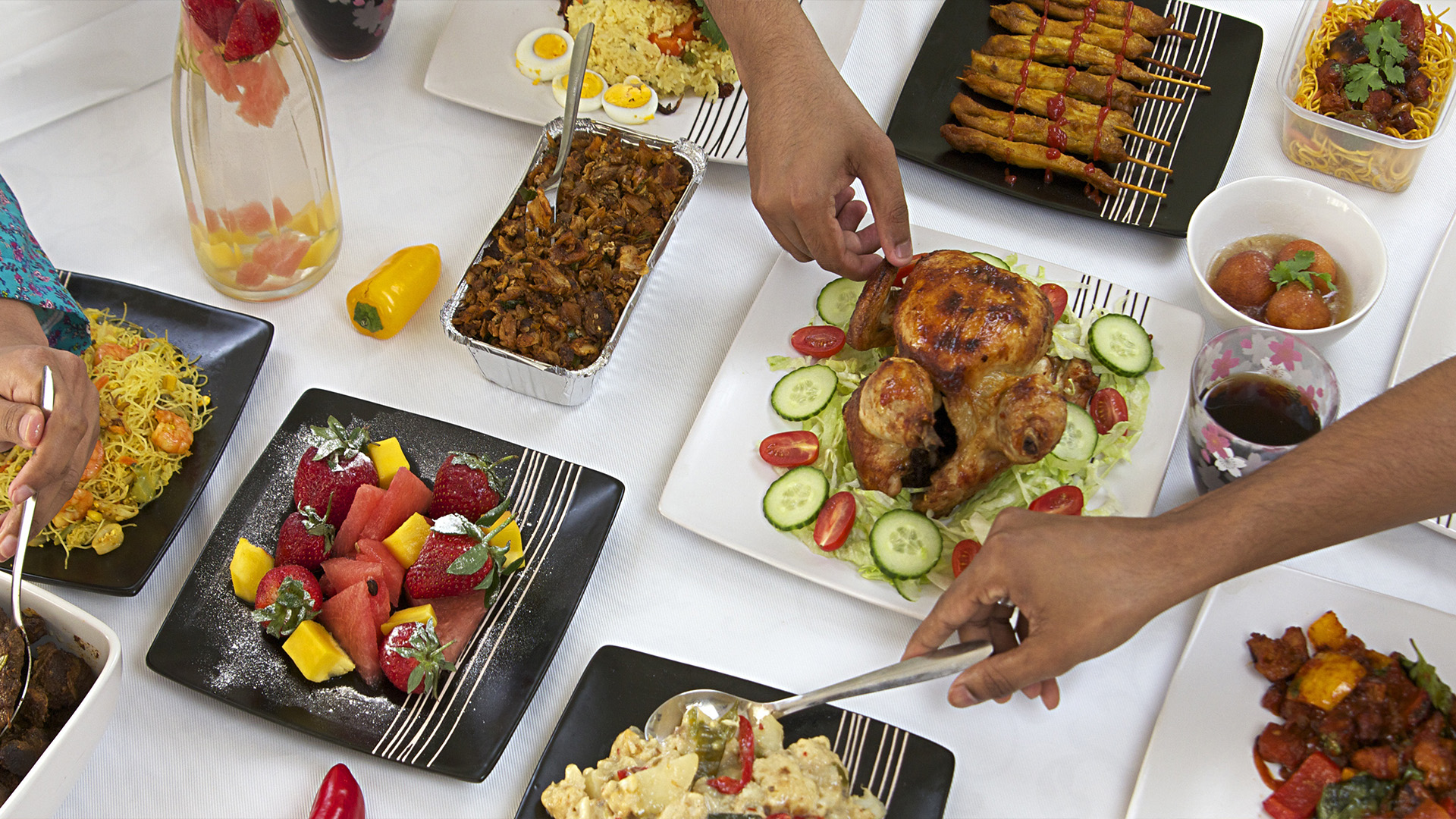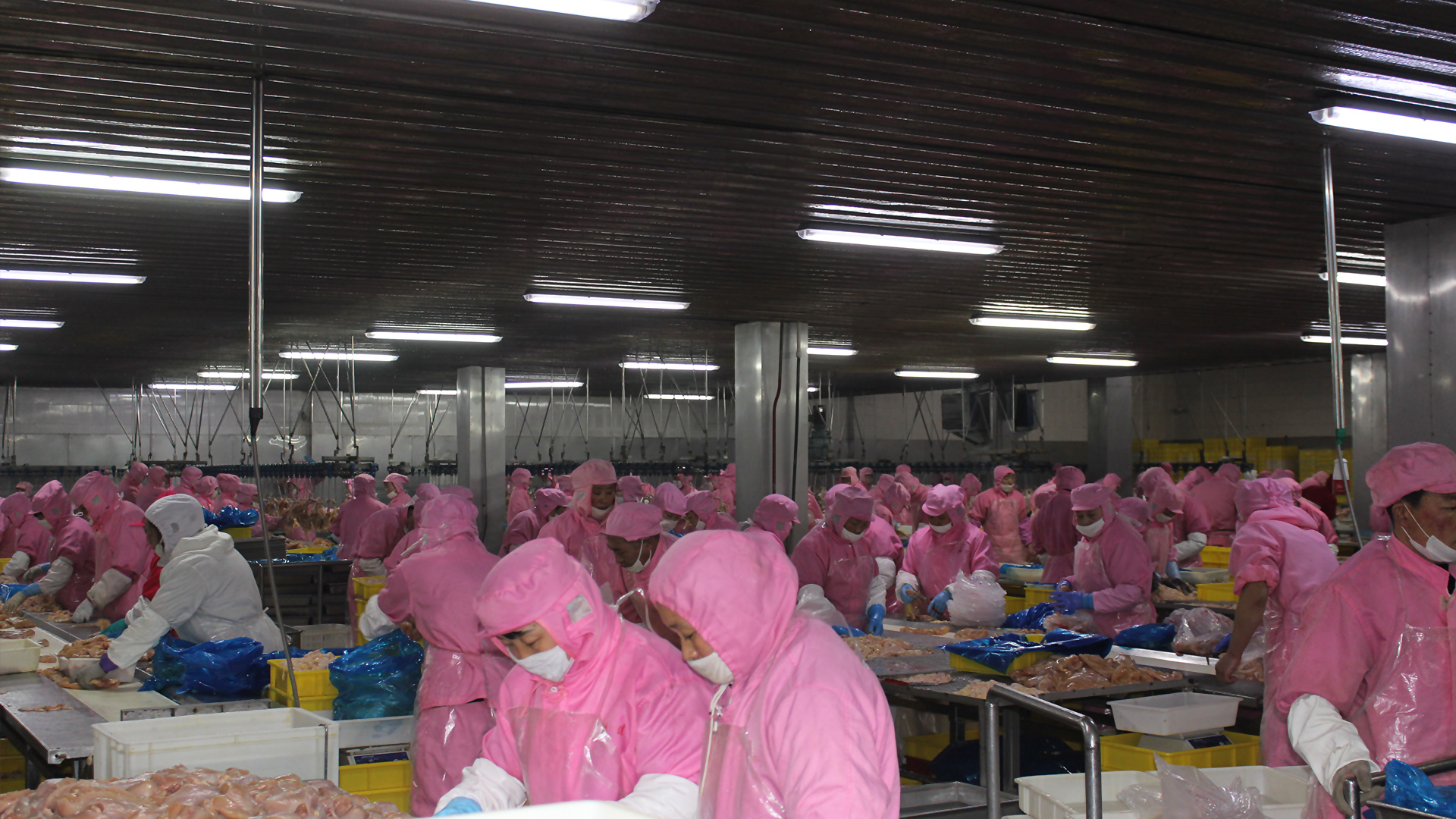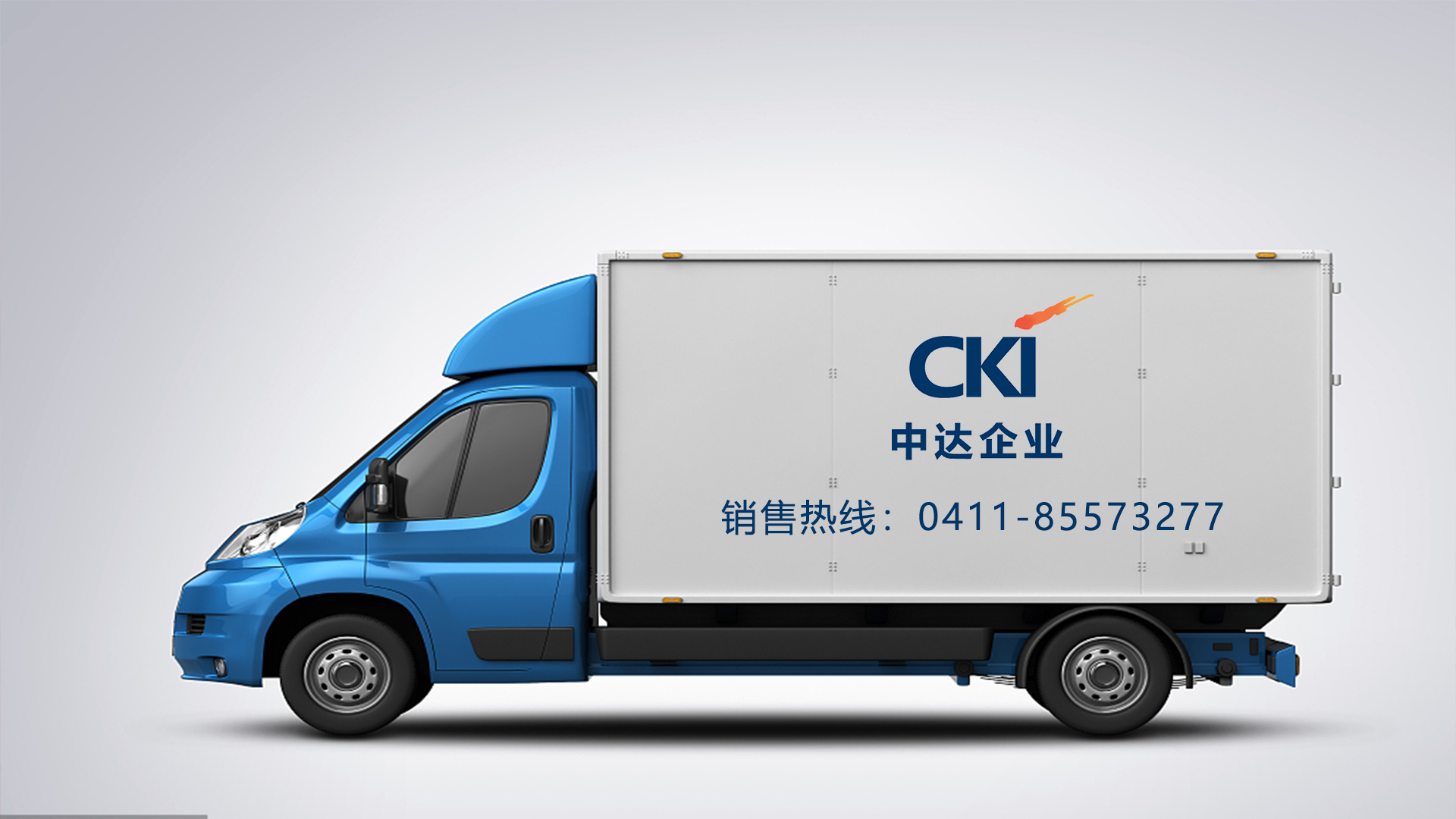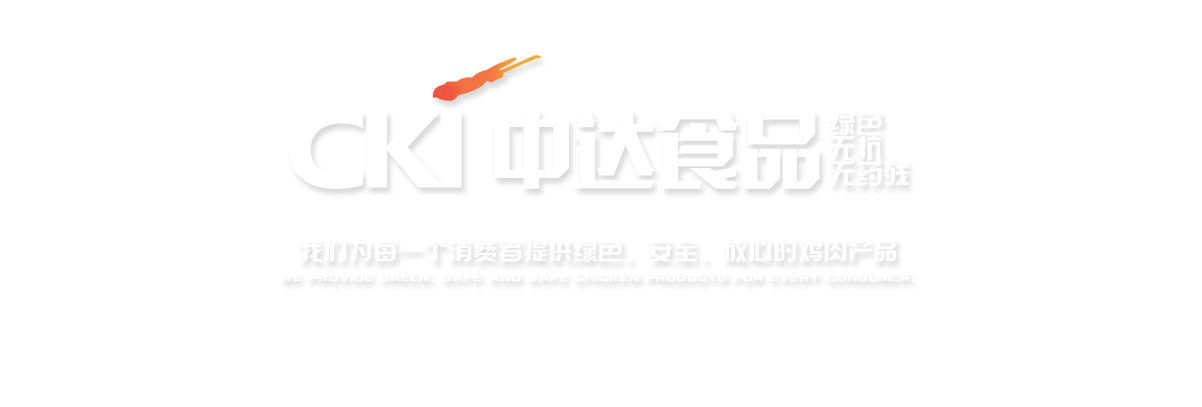大型肉鸡 对加工企业和产品结构的影响
If the broiler weighs 6 pounds, chicken breast can produce 60% chicken rib, 30% chicken nuggets and 10% edge corners; when the poultry industry refers to "large broiler products", people will always think of the growing weight of the fowl for years. Managers of broiler production enterprises must pay constant attention to this in order to better understand and analyze the impact of large broilers on the processing system. Why do you want to produce large broilers? We can get the answer from the change of broiler production cost over the years - saving production costs. The price of corn in November 2012 is 8.18 dollars per bushel. If the weight of broiler is increased, the number of broilers can be reduced, processing can also be reduced, but it will not affect the net production of meat. For the farmers and processing enterprises, it is a win-win situation. So, what's the size of a broiler called a big broiler? The Express Markets Analytics data told us that the proportion of broilers weighing more than 6 pounds in 2000 was 23%, and in 2012 the proportion soared to 75% (35% of the broilers weighed at 6~7.5 pounds and 30% broilers weighed more than 7.5 pounds). Recently, AGRI STATS reported that the average weight of large broilers was 8.22 pounds per person. When is the growth trend of the broiler's weight loss? The effect of operators on the weight gain of broilers is definitely good for the growers. So what about the chicken processing industry? The increase in weight is bound to have a ripple effect on downstream industries related to the chicken processing industry. The trend of the industry seems to be the opposite. On the one hand, retailers want more independent packaging products (such as multi-layer or single layer vacuum packaging), and food workers' customers want to reduce the weight of broilers out of the public's economic resilience and chicken nutrition; on the other hand, the more the broiler producers are in shape and weight. The bigger the broilers. In this way, the workers in the chicken processing industry will face many new problems. One of them is a broiler operator that hangs 20 6 pounds of broilers a minute ago, and now the broiler's weight has changed to 8 pounds each, and can the operator keep its previous work efficiency? If managers in this area can find and solve this problem in time, they can ensure workers' safety and maintain their efficiency. But is this solution within the original plan? Or processing enterprises simply rely on the present. If the broiler weight is 8 pounds, chicken breast meat can produce 30% chicken rib meat, 60% chicken pieces and 10% side meat. International poultry regulators 2014 1/2 37 to adapt to this change? Or does the company have a safety or efficiency inspection team to evaluate the operation process and confirm some solutions of the site manager? The impact of processing equipment on large broilers is bound to affect the equipment of processing enterprises. If the production speed is not changed, the weight gain of the broiler will not only lengthen the operation time of the cooler, but also increase its physical load. If the volume between door and door can not be controlled, the excess load may cause cracks or even damage to the trailer cooler. In addition, the weight of the hook is greater during the fixed time, and the engine also needs to be inspected or adjusted to accommodate the excess load. The impact of the increased weight of a single chicken on the other equipment of the plant also needs to be carefully observed, such as if the cost of maintenance, maintenance and operation is increased, and so on. The influence of product structure on large broilers is very significant for subsequent processing, especially for broiler products. In the past, a chicken weighing 6 pounds could be divided into 60% chicken ribs, 30% chicken nuggets and 10% pieces of meat. Now the situation is very different. A 8 pound chicken can only be split into 30% chicken ribs and 60% chicken nuggets. This change is bound to affect the product structure of chicken processing enterprises. The sales department needs to be prepared in all aspects to adapt to the new product structure, and sometimes requires a certain degree of creativity. For example, the chicken breasts can be measured before entering the water jet clipper, and the largest chicken breasts are cut and then divided into chicken ribs and chicken nuggets. Whether the specific solution is feasible can be proved by the practice of the production department. To reduce the loss and increase the output of meat, we also need to meet the needs of consumers. The price of corn in November 2012 was as high as 8.18 dollars per bushel, and the soaring cost of raw materials increased the weight of large broilers. For economic and nutritional considerations, food related workers want to reduce the faughter weight of broilers, but the weight of broilers produced in production is increasing. The impact of output, cost and price on breeding enterprises is that the production of large chicken can save costs, which is just the opposite for processing enterprises. The increase in cost is mainly in two aspects: on the one hand, unnecessary machines or manpower are needed to measure, split and sorting products. The increase in cost is easy to calculate, because these are visible; on the other hand, the increase in some costs is invisible, because each time when the chicken is moved or stored, the total cost is not visible. It is cut horizontally or cut by a water jet tailoring machine. In this case, the output of chicken will be affected. For example, when chicken passes through the water jet clipper, a 5~6 pound chicken breast can produce 4~6 chicken nuggets. Now the broiler's weight has changed to 8 pounds, and it needs two tailoring. This will increase the proportion of leftover materials. How can the price of the leftover material increase? Can it offset the loss of meat during segmentation?

